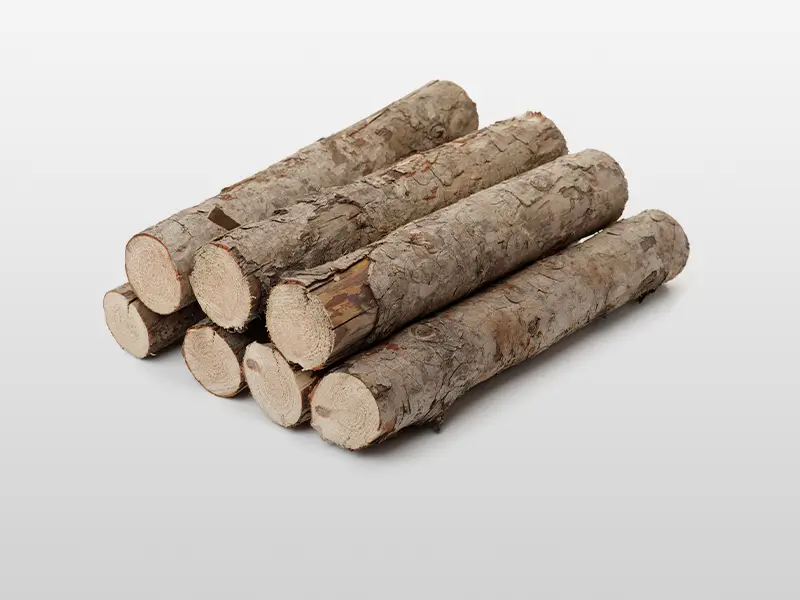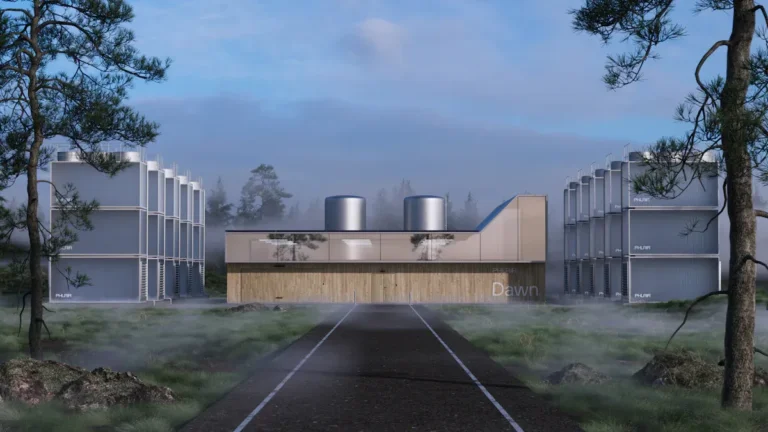Industrial Waste Gas Treatment Activated Carbon
.webp)
Buy Industrial Waste Gas Treatment Activated Carbon
Industry Challenges
Material Quality Risks
- Substandard carbon products with low adsorption capacity and poor mechanical strength, leading to premature failure.
Operational Shortcomings
- Underfilled systems reducing gas contact time and increasing emissions.
- Inadequate pretreatment (humidity/dust) causes pore blockage.
Technical Limitations
- Significant efficiency loss under high temperature/humidity conditions.
- Weak adsorption for certain compound types (e.g., ketones, esters).
- Safety concerns during thermal regeneration due to explosion risks.
- Limited regeneration options for spent carbon.
Compliance Complexities
- Stricter regulations phasing out non-regenerable systems.
- Waste disposal requirements for exhausted carbon.
related types of activated carbon
-r8fslg51nt6wgjtvh6yldxb1gtkgm3lpe0oq1akgog.webp)
- Iodine Value: 600-1200
- Mesh Size: 1×4/4×8/8×16/8×30/12×40/20×40/20×50/30×60/40×70 (More size on request)
- Apparent Density: 400-700
-r8fsli0q1h9h3rr567ruiwtynlb71ht629zozuhoc0.webp)
- Iodine Value: 500-1300
- Mesh Size:0.9-1mm/1.5-2mm/3-4mm/6mm/8mm(More size on request)
- Apparent Density: 450-600
-r8fslbfupn0gui0p8mxgjghqhw7mjm31pdfamwrfjk.webp)
- Iodine Value: 500-1300
- Mesh Size: 150/200/300/350 (More size on request)
- Apparent Density: 450 – 550
-r8fsle9da54btbwls65c8xs4a1tq6pe8prdr2qn90w.webp)
- Iodine Value: 400-800
- Mesh Size: 100×100×100mm/100×100×50mm (Custom cell density on request)
- Apparent Density: 350-450
- Bore Diameter:1.5-8mm

- Iodine Value: 700-1200 mg/g
- Surface Area: 700-1200 m²/g
- Apparent Density: 320-550 kg/m³

- Iodine Value: 700-1200 mg/g
- Surface Area: 700-1200 m²/g
- Apparent Density: 320-550 kg/m³

- Iodine Value: 700-1200 mg/g
- Surface Area: 700-1200 m²/g
- Apparent Density: 300-650 kg/m³

- Iodine Value: 700-1200 mg/g
- Surface Area: 700-1200 m²/g
- Apparent Density: 320-550 kg/m³

- Activation Method: Steam/gas activation at high temperatures
- Pore Structure: Microporous-dominated, uniform pore distribution
- Environmental Profile: Chemical-free, low ash content
- Primary Applications: Gas-phase adsorption, drinking water purification

- Activation Method: Chemical activation (e.g., H₃PO₄/ZnCl₂) at moderate temperatures
- Pore Structure: Mesoporous-rich, higher surface area
- Process Efficiency: Shorter activation time, 30-50% higher yield
- Post-Treatment: Acid-washing required to remove residues

- Functionalization: Loaded with active agents (e.g., I₂/Ag/KOH)
- Targeted Adsorption: Enhanced capture of specific pollutants (e.g., Hg⁰/H₂S/acid gases)
- Customization: Chemically optimized for target contaminants
- Core Applications: Industrial gas treatment, CBRN protection
Why Use Our Activated Carbon

Superior Adsorption Efficiency:
Our high-porosity, specially formulated carbon boasts exceptional VOC adsorption capacity (>95% removal for common solvents like benzene, toluene, acetone), ensuring compliance with strict emission regulations.

Enhanced Durability & Regenerability:
Robust mechanical strength minimizes attrition loss. Tailored pore structure allows efficient thermal/microwave regeneration cycles, slashing long-term operational expenses.

Technical Support:
We offer custom solutions and lifecycle management guidance for optimal system performance and cost savings.

Validated Performance & Compliance:
Third-party tested to meet global standards (e.g., EPA Method 25, EN 12941). Provides documented proof for environmental audits.
Process and Technolog
1. Fixed-Bed Activated Carbon Adsorption Systems
Solution Overview
VOCs from exhaust streams are trapped via a vertical or horizontal adsorption tower filled with high-porosity activated carbon, such as coal-based or coconut-shell. The contaminated gas passes through the carbon bed, where organic constituents are entrapped by means of physical adsorption. Saturated carbon is replaced using modular cartridge systems.

Key Advantages
- >95% Removal Efficiency: Effectively captures benzene, toluene, xylene, and aldehydes across concentrations of 50–2,000 ppm.
- Minimal Energy Consumption: Operates at ambient temperature/pressure with no auxiliary chemicals required.
- Modular Maintenance: Quick-replacement cartridges reduce downtime by 70% vs. traditional refilling.
- Broad Compatibility: Handles exhaust from painting, printing, and chemical synthesis processes.
2. Catalytic Oxidation Integrated Adsorption
Solution Overview
A hybrid system merging activated carbon adsorption and catalytic oxidation technology. VOCs are concentrated on carbon beds, then desorbed with low-temperature steam, followed by catalytic oxidation into CO₂/H₂O using platinum-group metal (Pt-Pd) catalyst beds at temperatures of 250–350°C.

Key Advantages
- Near-Zero Emissions: Achieves 99%+ destruction efficiency for chlorinated VOCs and ketones.
- Energy Recovery: Heat from oxidation recycled for carbon regeneration, cutting fuel costs by 45%.
- Long Carbon Life: Catalytic oxidation reduces carbon fouling, extending service life 3x.
- Compact Footprint: 50% smaller than standalone thermal oxidizers.
3. Rotor Concentrator + Carbon Polishing
Solution Overview
A honeycomb rotor pre-concentrates dilute VOCs (100–500 ppm) 10–20x via adsorption/desorption cycles. Concentrated stream (1,000–10,000 ppm) is then treated by a compact activated carbon polishing unit for final purification.

Key Advantages
- Ultra-Low Operating Costs: 80% less carbon consumption vs. direct adsorption for dilute streams.
- High Flow Handling: Processes 100,000+ m³/h exhaust (e.g., semiconductor fabs).
- Zero Secondary Waste: No spent carbon disposal – fully regenerable system.
- Real-Time Monitoring: IoT sensors adjust rotor speed based on VOC load fluctuations.
4. Biodegradation-Enhanced Carbon Filters
Solution Overview
Bio-activated carbon (BAC) filters impregnated with specialized microorganisms (e.g., Pseudomonas putida). VOCs adsorbed on carbon are biologically degraded into harmless byproducts, enabling simultaneous adsorption and biodegradation.

Key Advantages
- Self-Regenerating: Microbes continuously degrade adsorbed VOCs, reducing carbon replacement frequency by 60%.
- Eco-Friendly Operation: Converts VOCs to CO₂/H₂O without thermal energy or chemicals.
- Complex VOC Tolerance: Degrades mixtures (e.g., alcohols + esters) resistant to conventional carbon.
- Low Pressure Drop: Maintains <250 Pa resistance after 6,000 operating hours.

